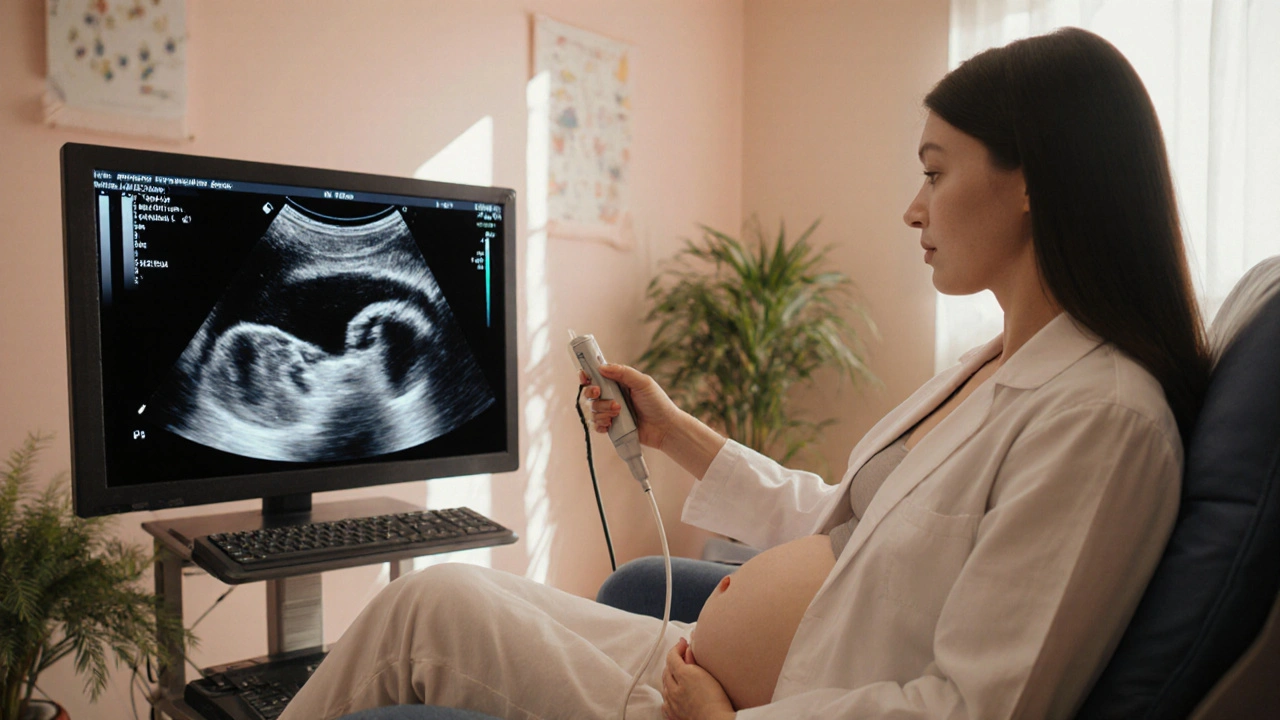Neural Tube Defects
When talking about neural tube defects, a group of birth anomalies that occur when the brain and spinal cord fail to close properly during early pregnancy. Also known as NTDs, they can lead to serious health challenges for newborns. Understanding what triggers them and how to lower the risk is the first step toward healthier pregnancies.
Key Factors and Prevention
One of the most powerful tools against neural tube defects is Folic Acid, a B‑vitamin that helps cells divide and the neural tube close in the first weeks of gestation. Research shows that women who take adequate folic acid before conception cut their risk by up to 70 percent. This simple nutrient connects directly to the health of the developing baby, making it a cornerstone of prenatal care.
Spina Bifida, the most common form of neural tube defect, involves incomplete closure of the spinal column, often leading to mobility issues and bladder problems. Because spina bifida is a direct manifestation of an open neural tube, its prevention relies heavily on folic acid intake, prenatal counseling, and early detection.
Another serious condition is Anencephaly, where the upper part of the brain and skull fail to develop, typically resulting in stillbirth or death shortly after birth. While anencephaly shares the same early‑development timing as spina bifida, it underscores the need for comprehensive risk management, including monitoring maternal health conditions like diabetes.
Early detection is made possible through Prenatal Screening, ultrasound and maternal blood tests that can identify neural tube defects as early as the first trimester. Screening gives families time to plan for medical support, consider treatment options, and make informed decisions about the pregnancy.
Beyond folic acid, other risk factors play a role. Maternal obesity, uncontrolled diabetes, and certain medications can raise the odds of NTDs. Managing blood sugar levels, maintaining a healthy weight, and discussing medication safety with a doctor are practical steps that directly influence the likelihood of a closed neural tube.
Supplementation guidelines now recommend 400‑800 µg of folic acid daily for women of childbearing age, with higher doses (up to 4 mg) for those with a previous NTD pregnancy or known risk factors. Pairing folic acid with vitamin B12 ensures the body can use the nutrient effectively, reducing the chance of a hidden deficiency that could undermine prevention efforts.
Living with a neural tube defect after birth involves a team of specialists—pediatric neurosurgeons, physiotherapists, and developmental therapists—who work together to maximize functional abilities. Early intervention programs can improve motor skills, while surgical options for spina bifida may reduce complications like hydrocephalus.
All these pieces—nutrient intake, risk assessment, screening, and coordinated care—fit together like a puzzle. By understanding each component, expectant parents can make choices that dramatically lower the odds of neural tube defects. Below, you’ll find a range of articles that dive deeper into these topics, offering concrete tips, patient stories, and the latest research to help you navigate this critical aspect of prenatal health.

Spina Bifida in Unborn Fetus: Why Early Detection Matters
- 10 Comments
- Sep, 28 2025
Learn why spotting spina bifida early in pregnancy matters, the best screening tools, prevention tips, and how timely detection shapes treatment options.




